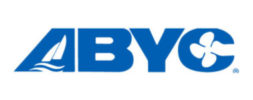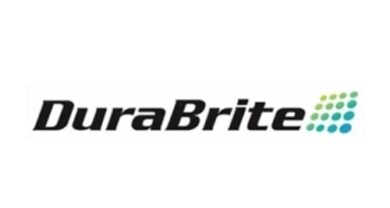Cautious optimism for PWC business
The personal watercraft industry’s investment in new technologies appears to have paid off. The percentage of four-stroke-powered watercraft has grown from zero in 2001 to 42 percent of all the watercraft on the market. And the number promises to grow again this year.
Watercraft unit sales grew, for the first time since 1995, in 2003, jumping to 80,600. The meager 1.6-percent increase has the industry cautiously optimistic for the coming year. And thus far into 2004, sales have continued to climb, registering somewhere between a 10- and 13-percent increase over the same period in 2003.
“The market is actually doing quite well,” says Kawasaki Product Manager Steve Fischer. “The industry has done a great job responding to critics with incredible technology that makes today’s watercraft cleaner, quieter and more economical to operate. If we can design, build and sell watercraft that exceed buyers’ expectations and address the concerns of regulators, we can expect the upward trend to continue.”
Potential growth
The elements for a sustained recovery in the PWC market appear to be in place. Product quality is better, lingering environmental concerns have been addressed, and the recent momentum enjoyed by those who would rather see PWC banned from popular waterways has finally swung back around in favor of renewed access. Still, given the tenuous climate of the past several selling seasons, some manufacturers prefer to view the upturn with caution.
“We now fully believe that we have stabilized,” says Yamaha Product Manager Scott Watkins. “We’re finally picking ourselves up and brushing the dust off from the ass-kicking that we’ve gotten from all directions in the last five years. We’ve finally grown up and established ourselves as an industry that’s going to hang around. Where we go from here, we’re still forecasting a little conservatively, that it will be flat … but the economy looks like it’s going to turn around a little bit. Things look positive.”
The watercraft industry peaked at 200,000 units sold in 1995. Up until last year, it had dropped by a double-digit percentile each year, while the industry had been predicting the decline to flatten off since about 1998. The uptick, they say, has been encouraging, but manufacturers still acknowledge that challenges remain.
“Huge challenges remain for us as an industry,” says Fischer. “Competition for discretionary spending remains fierce as consumers are deluged with messages from so many different industries.
“You can feel a sense of excitement growing as we see what we’ve been able to overcome in the past, and look down the tunnel to a light … that, for once, isn’t a train coming at us.”
Four-strokes thriving
Deserving a good share of the credit for those optimistic sales predictions is the continued acceptance of the four-stroke, an engine category that only a few short years ago was said to be too heavy and slow to thrive in the PWC marketplace. While they make up 42 percent of the industry’s offering, actual sales of the four-stroke represent close to 60 percent of all industry sales.
Still, many think the intimidating cost of four-stroke models must come down to sustain any lasting growth. Average retail price for watercraft sold in 2003 climbed to $8,890, an increase of more than $1,000 over three years ago and more than $2,200 over five years ago.
“Bringing this technology in has really turned a lot of things around for us, image-wise, EPA-wise, you name it,” says Watkins. “There’s a lot of positive things, but four-strokes are expensive. There’s a clear correlation between the dropping of the market and rising prices.
“When everyone has [a low-priced four-stroke], that’s when I really see the industry numbers starting to jump up again … if everything out there is over 10 grand, it’s pretty hard to see the numbers take a jump.” — Jeff Hemmel
- For more of the latest news, click here.




